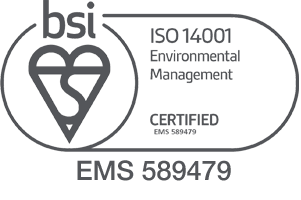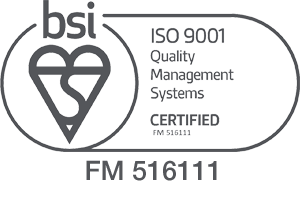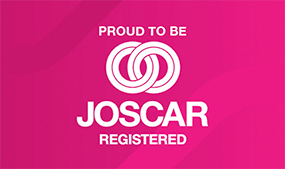.png)
14/04/2025
How can pre-hospital triage help hospitals better react to an external major incident?
External major incidents involving multiple casualties, while rare, can quickly overwhelm a hospital’s emergency treatment facilities. Not only are casualties taken directly to the hospital by ambulance, but many also arrive independently after the event, or are taken to the hospital by police or firefighters. These casualties encompass a wide range of conditions and injuries, from critical injuries to minor scratches and concussions – which is why a good pre-hospital triage system will help you to adopt the most practical approach to treating patients in the most appropriate way.
Why is prehospital triage important?
One of the most important roles of pre-hospital triage is to estimate the approximate number of serious and time-critical patients before they arrive at the hospital. This allows your emergency response teams to plan their logistics accordingly, e.g., giving them time to prepare operating rooms, making sure enough staff are available, and even clearing theatre lists to accommodate incoming patients.
Pre-hospital triage systems can also create crucial data on the number, type, and severity of casualties, which is essential for treating patients in priority order, and transporting them to the most appropriate facilities. This avoids the issue of patients arriving at a hospital or other treatment centre that does not have the facilities available to treat them, and prevents local hospitals close to the site from becoming overwhelmed with minor injuries.
Communication is the big challenge in multiple casualty incidents, of course, often due to technical failures or simple oversights due to the stress of the situation. Having a good pre-hospital triage system in place overcomes this by making information immediately available to hospitals so they can anticipate the level of care each casualty will need upon arrival – as was seen during the Manchester Bombing response, where pre-hospital triage systems helped minimise patient relocations.
What pre-hospital major trauma triage tools are available?
There are various pre-hospital triage systems, guidelines, and tools available, depending on your needs. These include the Ten Second Triage (TST) system now widely adopted among NHS hospitals.
Paramedics and other first responders play a crucial role in pre-hospital triage. Suitably trained, experienced and equipped medical staff can be deployed to assist with patient care and also triage, particularly with regard to difficult decisions. They assess patients’ conditions at the scene and determine their treatment priorities. This allows hospitals to anticipate the level of care each patient will need upon arrival. This system facilitates a rapid assessment by paramedics and other emergency responders that lets them quickly evaluate and categorise patients in emergency situations to determine the priority of care.
Other systems include:
- Sieve: This system provides a rapid initial assessment to categorise casualties based on the urgency of their medical treatment and is useful for identifying people who require immediate hospital attention in mass casualty incidents.
- Sort: Sort is often used alongside the initial Sieve triage system, and provides a more detailed assessment of casualties so that urgent cases can be treated in situ and others transported to hospital based on their medical needs and the available resources.
- Simple Triage & Rapid Treatment (START): this widely used multiple casualty triage system categorises patients based on their ability to walk, their respiratory status, level of distress and other factors, and helps first responders identify those in most need of immediate medical intervention.
- Sort, Assess Life-saving interventions, Treatment/Transport (SALT): this comprehensive triage system sorts patients, assesses their conditions, provides life-saving interventions, and determines the appropriate transport and treatment priorities in a variety of emergency situations, and is designed to be flexible and applicable to a wide range of scenarios.
Many pre-hospital triage systems use a combination of triage tools to optimise the allocation of resources at hospital and on site during emergency situations. There are also different levels of triage. For example, Sieve is a ‘first pass’ triage process used at the site of injury, whereas Sort is a more complex system often carried out after the event in a casualty clearing station or another controlled, more resource-rich environment.
Despite the differences, however all these systems share a common goal – to quickly assess and prioritise casualties, so that those in most need receive care first.
Find out more
To discuss how our products can assist your triage solutions with one of our specialists, please contact TSG Associates today by clicking here.
Image Source: Canva




%202.png)







